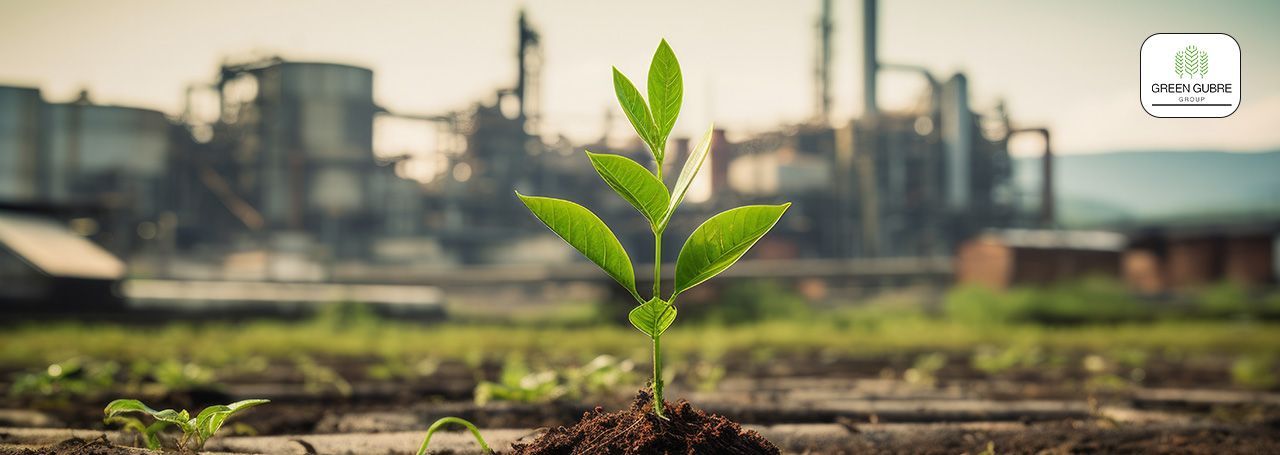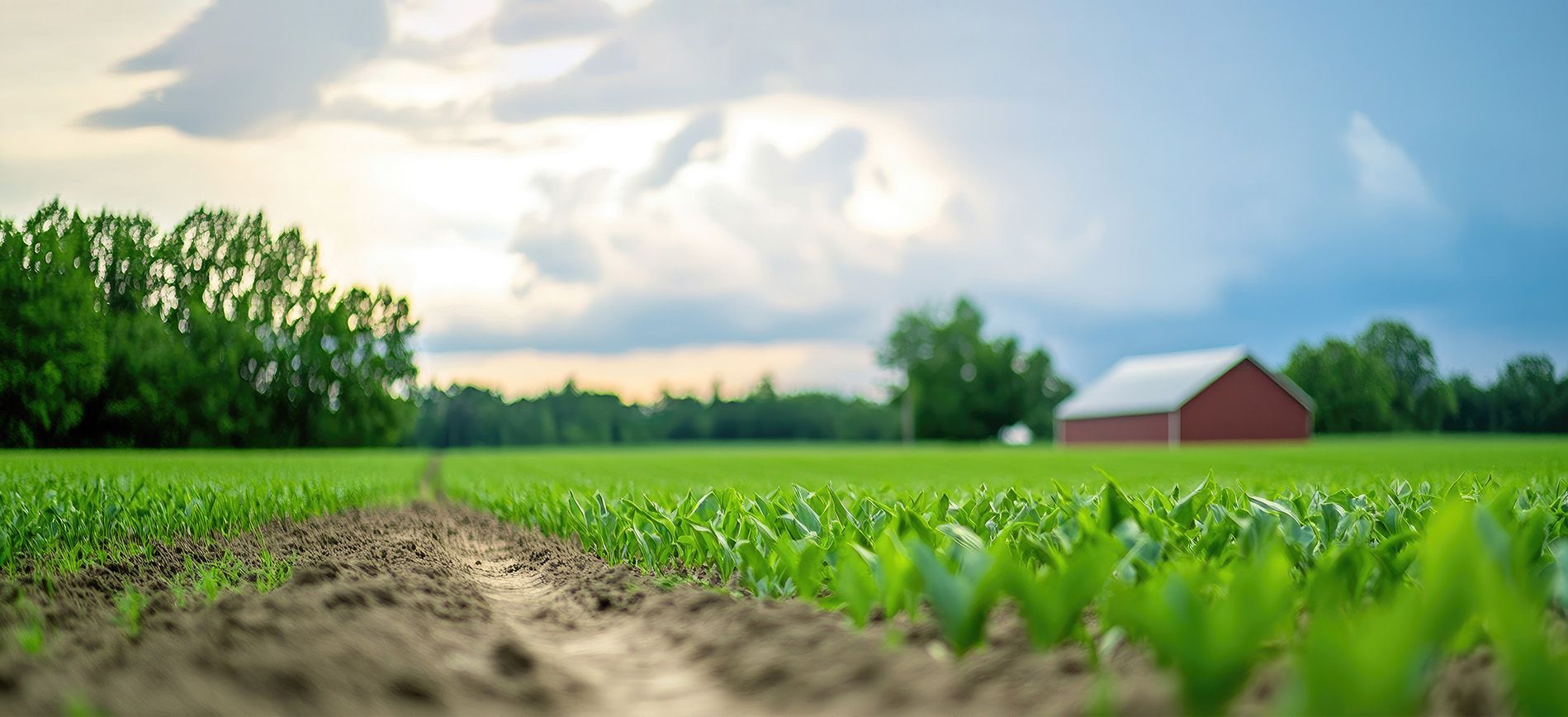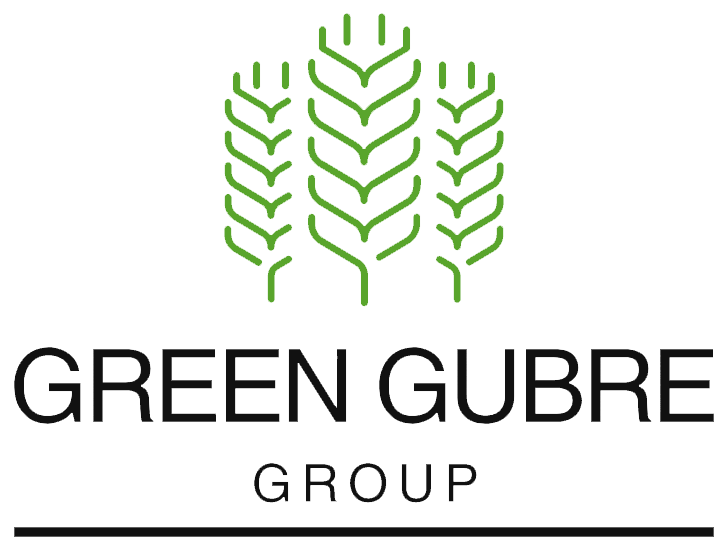Potassium Fertilizers – Powering Plant Health, Quality, and Stress Resilience
Potassium Fertilizers – Powering Plant Health, Quality, and Stress Resilience

Introduction: The Unsung Hero of Crop Performance
When we talk about boosting yield, nitrogen often takes center stage. But potassium (K) is just as essential—and frequently overlooked. As the third pillar of NPK fertilizers, potassium plays a crucial role in plant metabolism, water regulation, enzyme activation, and stress resistance.
Unlike nitrogen and phosphorus, potassium doesn’t become part of plant structures—it acts as a regulator, enhancing physiological functions and improving the overall quality, health, and resilience of crops. As climate stress, salinity, and drought become more frequent, potassium’s role is more vital than ever.
What Potassium Does for Crops
Potassium impacts nearly every part of plant physiology:
- Water Balance and Stomatal Control: Helps regulate water movement and prevent drought stress.
- Enzyme Activation: Over 60 enzymes require potassium to function.
- Photosynthesis and Sugar Transport: Enhances carbohydrate production and translocation.
- Protein Synthesis: Supports nitrogen efficiency.
- Disease Resistance: Strengthens cell walls and activates defense mechanisms.
In short, potassium is the crop’s internal “optimizer”—helping it perform under pressure and produce higher-quality outputs.
Common Forms of Potassium Fertilizers
| Fertilizer Type | Potassium Content | Notes |
|---|---|---|
| Muriate of Potash (MOP – KCl) | ~60% K₂O | Most widely used, cost-effective, chloride-sensitive crops may suffer |
| Sulfate of Potash (SOP – K₂SO₄) | ~50% K₂O | Chloride-free; also adds sulfur; used for fruits, vegetables |
| Potassium Nitrate (KNO₃) | ~44% K₂O | Dual source of potassium and nitrate-N; great for fertigation |
| Liquid Potassium (e.g., KTS) | Varies | For precision fertigation or foliar spray, rapidly absorbed |
Benefits of Adequate Potassium Fertilization
| Benefit | Impact on Crop Performance |
|---|---|
| Improved Yield | Better fruit fill, grain development, and tuber weight |
| Enhanced Quality | Boosts sugar, size, color, and shelf life of produce |
| Drought and Salt Tolerance | Strengthens osmoregulation and ionic balance |
| Disease and Pest Resistance | More rigid cell walls and improved metabolic defense mechanisms |
| Nutrient Use Efficiency (NUE) | Increases N and P utilization for overall fertilizer synergy |
Potassium Needs by Crop Type
Different crops require different K strategies:
- High K-Demand Crops: Potato, sugarcane, banana, tomato, cotton
- Moderate K Users: Wheat, rice, soybean, maize
- Sensitive to Chloride (Use SOP): Grapes, citrus, tobacco, some vegetables.
Tip: Always base potassium programs on soil test results and crop type.
🔗 International Fertilizer Association (IFA) – Potassium in Crop Production
Deficiency Symptoms to Watch
Potassium deficiency can severely impact yield and quality:
- Yellowing or browning leaf margins (scorching)
- Weak stems and lodging in cereals
- Uneven fruit ripening or hollow hearts in tubers
- Increased disease susceptibility and poor drought response
🔗 ScienceDirect – Potassium Nutrition in Crops: Functions and Management
Application Methods & Best Practices
- Broadcasting or banding before planting (granular KCl or SOP)
- Fertigation during peak uptake (using KNO₃ or liquid K)
- Foliar feeding in critical stages (fruit set, grain fill)
- Split applications in sandy or leaching-prone soils
Tip: Avoid overuse in saline soils—K competes with Na⁺ but can worsen ionic imbalance if mismanaged.
Green Gubre Group’s Potassium Portfolio
We supply a wide range of potassium-based fertilizers tailored to different crops, soils, and water conditions:
- MOP (Granular and Powder)
- SOP (Granular and Water-Soluble)
- Potassium Nitrate (Greenhouse-grade)
- Liquid Potassium Thiosulfate (KTS)
- Custom NPK blends with tailored K ratios.
Our agronomic team can help you design potassium strategies optimized for fruit quality, abiotic stress resilience, and marketable yields.
Conclusion: Potassium Is Quality, Resilience, and Profitability
In agriculture, potassium is not just about yield—it’s about quality, resilience, and sustainable production. As water scarcity, salinity, and market demands rise, potassium’s role becomes indispensable. By using the right potassium source, at the right time, and in the correct dose, farmers can future-proof their crops and profits.
Choose Green Gubre Group to ensure your potassium strategy is rooted in performance.
References
- FAO – Fertilizers and Their Use (4th Edition)
- IPNI – Potassium: The Quality Element in Crop Production
- Fertilizer Europe – Efficient Use of Fertilizers
- CropLife International – The Critical Role of Potassium in Agriculture
- International Fertilizer Association (IFA) – Potassium in Crop Production
- ScienceDirect – Potassium Nutrition in Crops: Functions and Management




